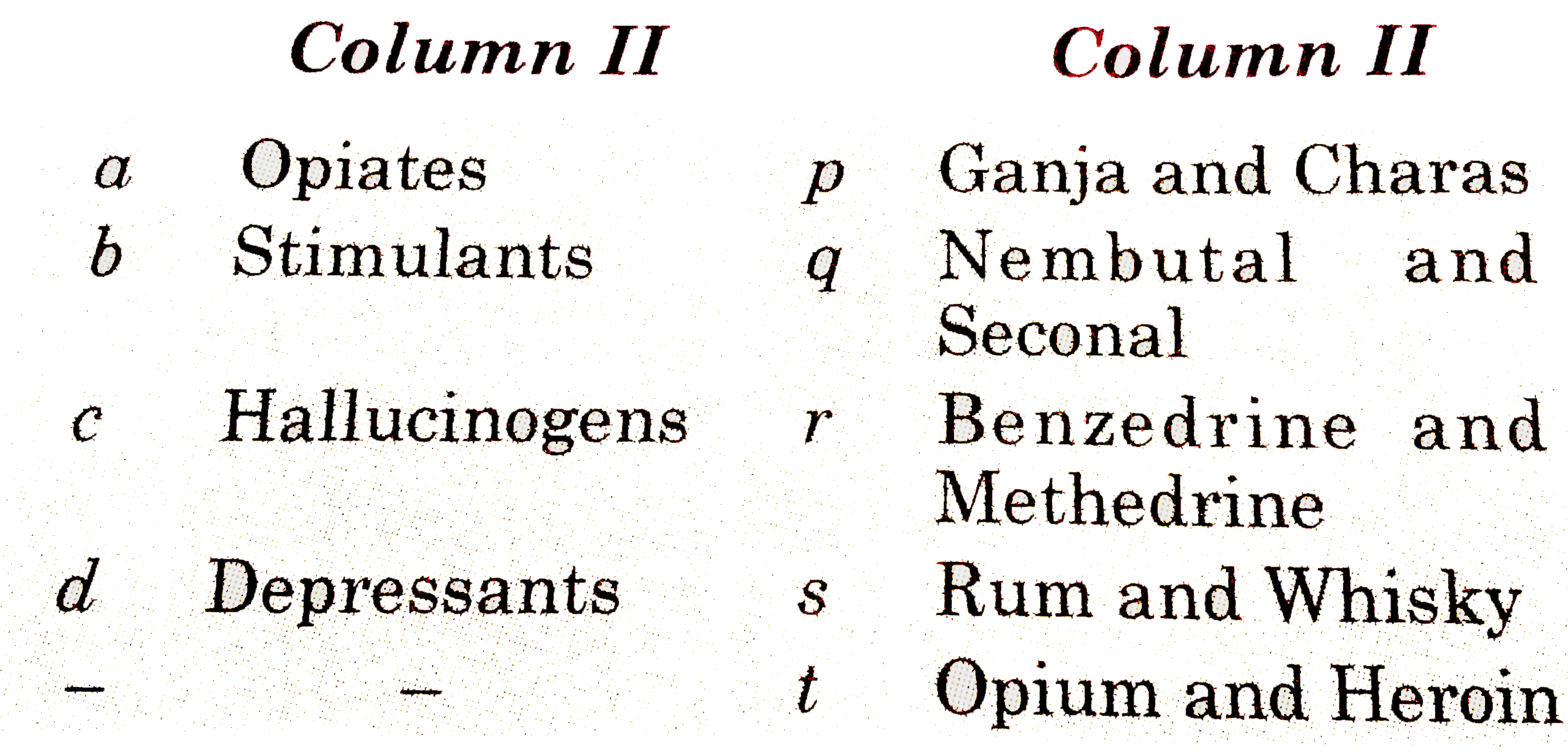Match the scientist's name against discovery
A - ScientistB - Discovery1) Faradaya) Expansion of Universe2) Newtonb) Law of EMI3) Einsteinc) Law of gravitation4) Hubbled) Theory of relativity
1 - b, 2 - c, 3 - d, 4 - a
1 - b, 2 - d, 3 - c, 4 - a
1 - b, 2 - c, 3 - a, 4 - d
1 - b, 2 - a, 3 - c, 4 - d
The correct Answer is:A
To solve the problem of matching scientists with their respective discoveries, we will analyze each scientist and their contributions step by step.
1. Identify the first scientist: Faraday
- Michael Faraday is known for his work in electromagnetism, specifically the laws of electromagnetic induction (EMI).
- Match: Faraday → Law of EMI (B)
2. Identify the second scientist: Newton
- Sir Isaac Newton is famous for formulating the law of universal gravitation, which describes the gravitational attraction between masses.
- Match: Newton → Law of gravitation (C)
3. Identify the third scientist: Einstein
- Albert Einstein is renowned for his theory of relativity, which revolutionized our understanding of space, time, and gravity.
- Match: Einstein → Theory of relativity (D)
4. Identify the fourth scientist: Hubble
- Edwin Hubble is known for his discovery related to the expansion of the universe, which led to the formulation of Hubble's Law.
- Match: Hubble → Expansion of Universe (A)
Final Matches:
- 1) Faraday → b) Law of EMI
- 2) Newton → c) Law of gravitation
- 3) Einstein → d) Theory of relativity
- 4) Hubble → a) Expansion of Universe
Correct Answer:
- 1B, 2C, 3D, 4A
- Michael Faraday is known for his work in electromagnetism, specifically the laws of electromagnetic induction (EMI).
- Match: Faraday → Law of EMI (B)
- Sir Isaac Newton is famous for formulating the law of universal gravitation, which describes the gravitational attraction between masses.
- Match: Newton → Law of gravitation (C)
- Albert Einstein is renowned for his theory of relativity, which revolutionized our understanding of space, time, and gravity.
- Match: Einstein → Theory of relativity (D)
- Edwin Hubble is known for his discovery related to the expansion of the universe, which led to the formulation of Hubble's Law.
- Match: Hubble → Expansion of Universe (A)
- 1) Faraday → b) Law of EMI
- 2) Newton → c) Law of gravitation
- 3) Einstein → d) Theory of relativity
- 4) Hubble → a) Expansion of Universe
- 1B, 2C, 3D, 4A
Topper's Solved these Questions
- PHYSICAL WORLDBOOK - AAKASH SERIESCHAPTER - PHYSICAL WORLDEXERCISE - Exercise -I
10 Videos
- PHYSICAL WORLDBOOK - AAKASH SERIESCHAPTER - PHYSICAL WORLDEXERCISE - Exercise -I
10 Videos
- OPTICAL INSTRUMENTS BOOK - AAKASH SERIESCHAPTER - OPTICAL INSTRUMENTS EXERCISE - PRACTICE SHEET (EXERCISE -I) (OPTICAL INSTRUMENTS) (LEVEL-I (MAIN)) (SUBJECTIVE OBJECTIVE TYPE QUESTIONS)
21 Videos
- PRACTICAL PHYSICSBOOK - AAKASH SERIESCHAPTER - PRACTICAL PHYSICSEXERCISE - LECTURE SHEET LEVEL-II (ADVANCED) Linked Comprehension Type Questions
4 Videos
Similar Questions
Match the technology in column A to its related scientific principle in column B
A - TechnologyB - Scientific Principle1) Steam enginea) Faraday's laws2) Nuclear Reactorb) thermodynamic laws3) Computerc) Nuclear Fission4) electric generationd) Digital logic
View SolutionMatch the scientists in column I with their related discoveries in column II and select the correct option from the given codes.
ColumnIColumnIIA.Kary Mullis(i)Father of genetic engineeringB.Paul Berg(ii)Nobel prize for the discovery of restriction endonucleasesC.Stanley Cohen and Herbert Boyer(iii)Developed polymerase chain reactionD.Arber smith and Nathan(iv)Isolated an antibiotic resistance gene from a plasmid of the bacterium Salmonella typhimurium
View SolutionMatch te columns

(1) a-s, b-t, c-r, d-p
(2) a-t, b-q, c-r, d-p
(3) a-t, b-r, c-q, d-p
(4) a-t, b-r, c-p, d-q
View SolutionMatch the following:
(i)Nernst equation(a)Faraday's Law(ii)Electrolysis(b)Electrode potential(c)Electrochemical cell(iii)Kohlrausch law(d)Infinite dilution
View SolutionIdentify the correct match of the scientist and their discovery:
(a) T.H. Diener : An agent consisting of abnormally folded protein
(b) W.M. Stanley : Crystals from viruses contain proteins.
(c) M.W. Beijernick : Recognised TMV
(d) Ivanowsky : Contagium vivum fluidum
View SolutionF=Gm1,m2/d2 is the equation representing Newton's law of universal gravitation. Which of the statements below is true?
View SolutionMatch the following :
Column -IColumn -II(A)Acceleration due to gravity(p)Kepler's law(B)Law of periods(q)Vector quantity(C)Orbital speed(r)Uniform near earth surface(D)Gravitational potential(s)Is nearly zero at infinity
View SolutionThe straight lines 4ax+3by+c=0 , where a+b+c are concurrent at the point a) (4,3) b) (14,13) c) (12,13) d) none of these
View SolutionIn a sphere the number of faces is 1 (b) 2 (c) 3 (d) 4
View SolutionCoefficient of x2in the expansion of (x3+2x2+x+4)15 is
(a) Prime (b) Composite (c) 0 (d) Perfect square
View Solution
